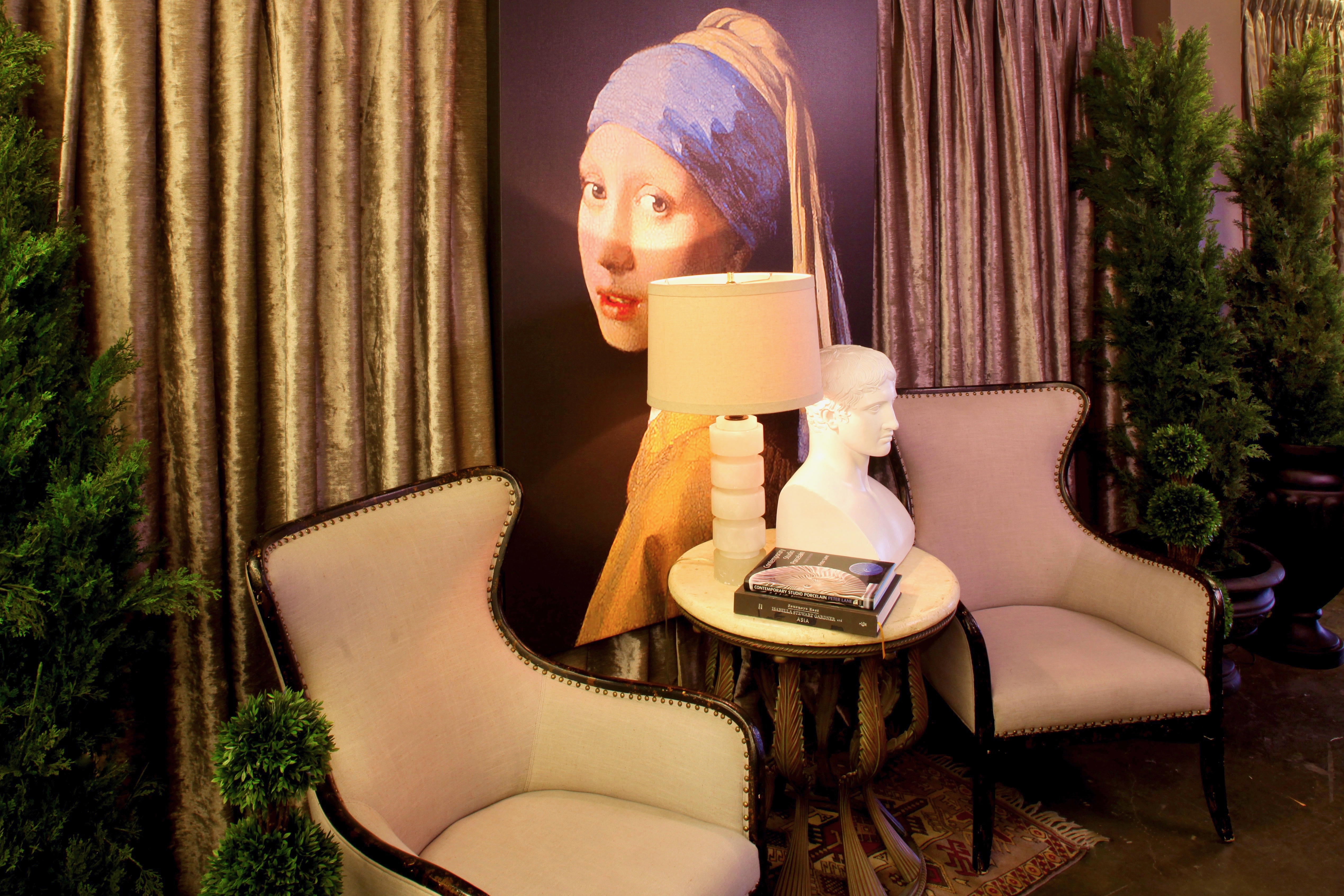Universal's rich entertainment legacy can be traced back to 1906 when 39-year-old German immigrant Carl Laemmle opened his first nickelodeon theater in Chicago. Starting with exhibiting short films, Laemmle later moved into movie distribution and production, founding the New York-based Independent Moving Picture Company (IMP) of America in 1909.
On April 30, 1912, the Universal Film Manufacturing Company was incorporated in New York. This new company was an alliance between Laemmle's IMP, the New York Motion Picture Company, Rex Motion Pictures, and Powers Motion Pictures. By May 20, Nestor and Champion Films had also joined Universal, and on July 12, Laemmle had officially been elected President of the new venture.

Universal expanded its operation to the West Coast, leasing a portion of the Providencia Ranch in the San Fernando Valley. They later paid $165,000 for a 230-acre ranch just across the road from where Mexican General Andres Pico and U.S. Colonel John C. Fremont signed the Treaty of Cahuenga in 1847. The site was to become "the entertainment center of the world"—Universal City.
In 1915, Laemmle officially opened the gates of Universal City, the world's first self-contained community entirely dedicated to making movies. Over the next decades, Universal earned a reputation for award-winning films including All Quiet on the Western Front, To Kill a Mockingbird, and E.T.: The Extra Terrestrial.




